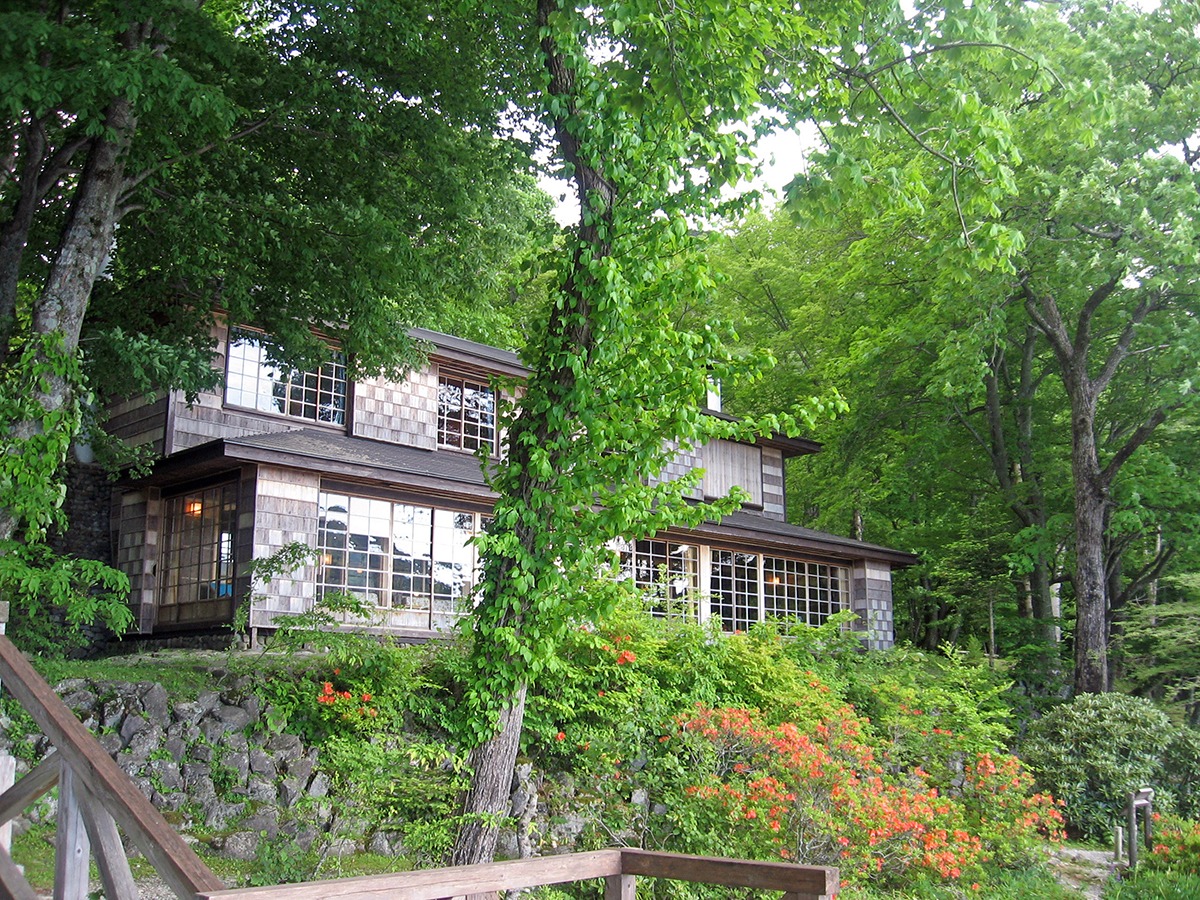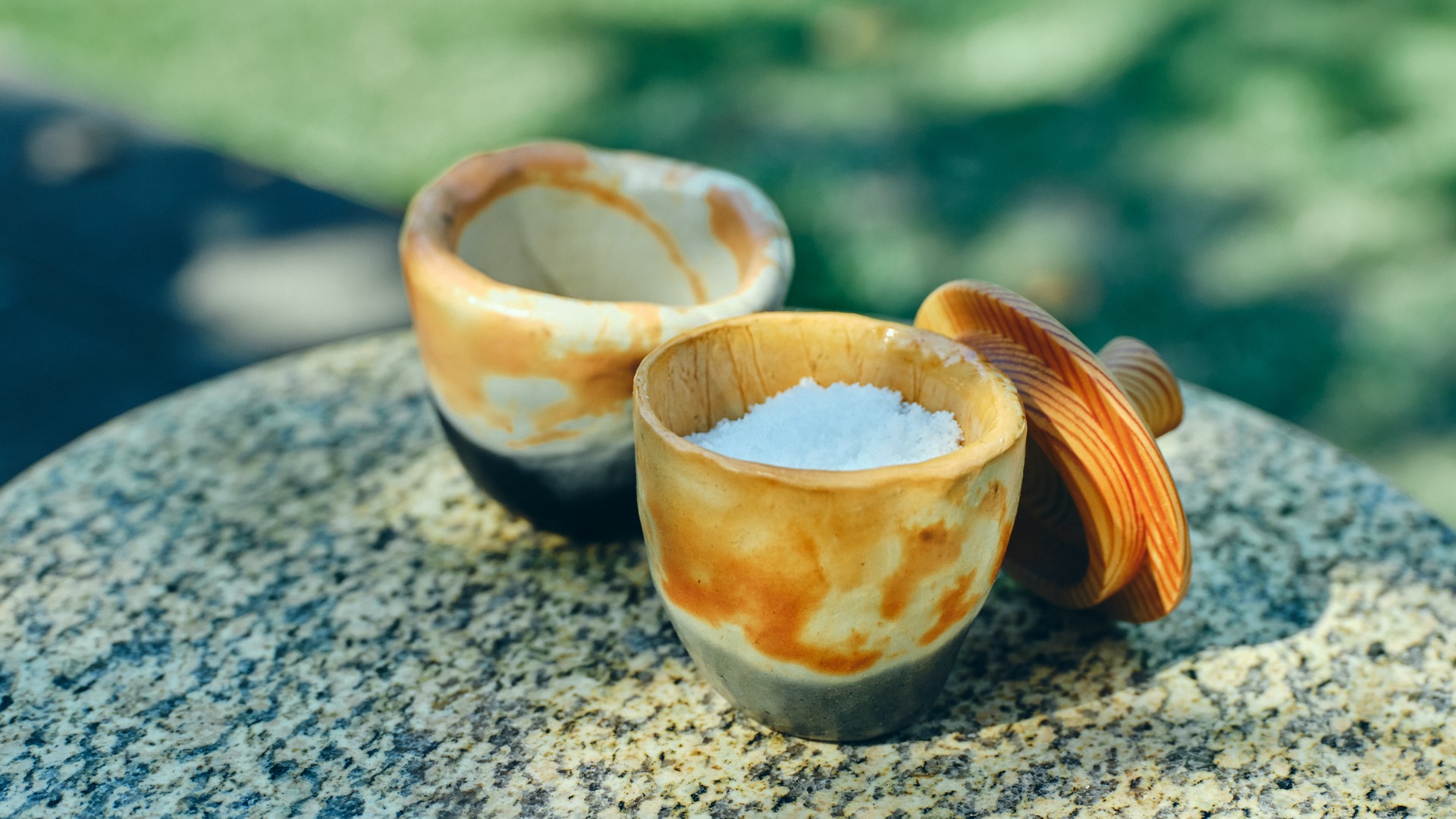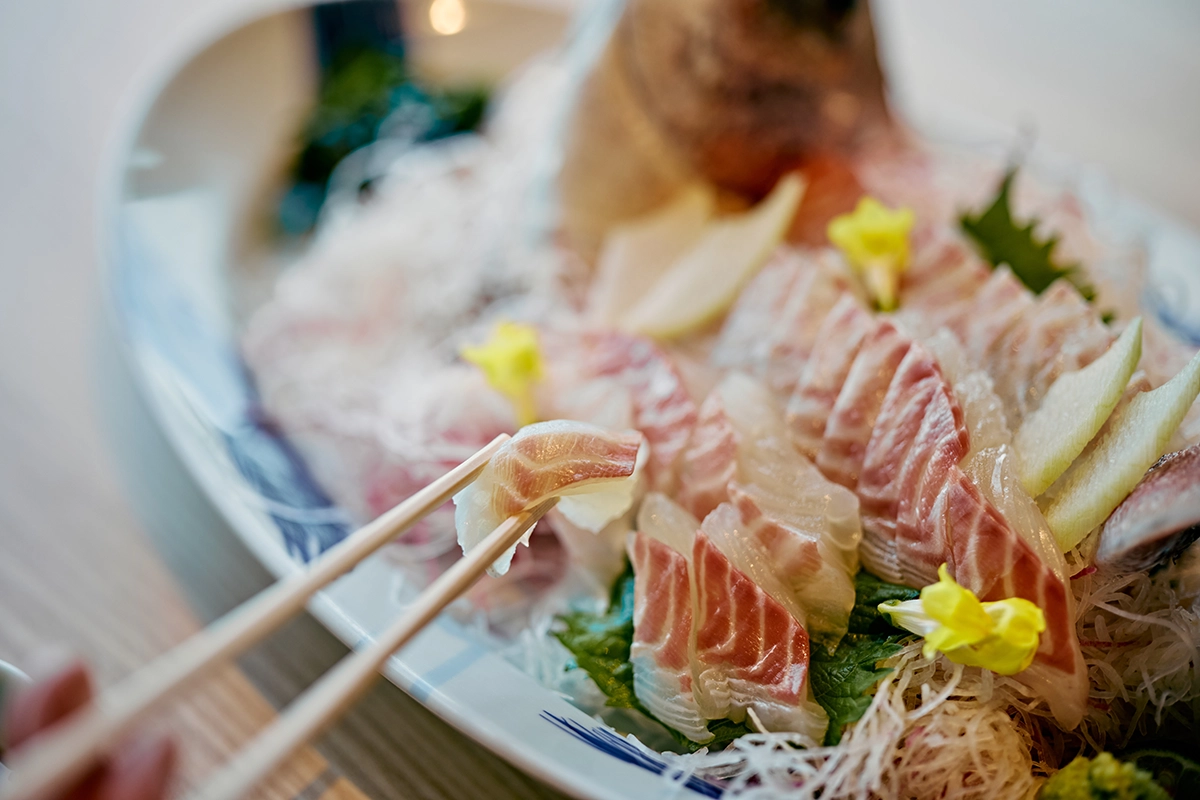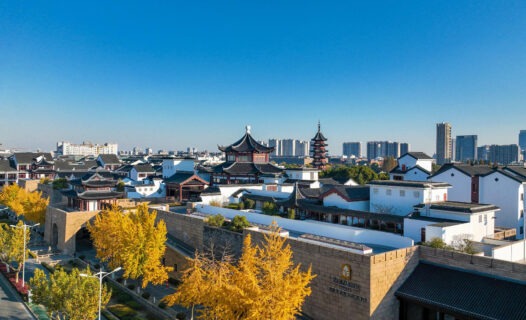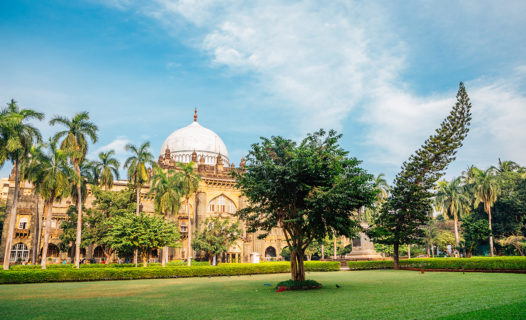Celebrate New Year’s in Japan: A Fun Guide to Traditional Customs, Festive Foods, and Local Events!
As the clock strikes midnight on December 31st, Japan transforms into a festive wonderland, welcoming the New Year with open arms and vibrant traditions. New Year’s celebrations in Japan, known as Oshogatsu, are rich in cultural significance and steeped in unique customs that have been passed down through generations. From family gatherings to scrumptious feasts, the festivities offer a delightful blend of history, spirituality, and joy that makes this time of year truly special.
Unlike many Western countries, where New Year’s Eve is often celebrated with parties and fireworks, Japan’s approach is more reflective and family-oriented. The days leading up to and following New Year’s Day are filled with rituals that symbolize renewal, hope, and good fortune. Whether you’re a seasoned traveler or planning your first visit, experiencing the Japanese New Year is a journey filled with warmth, excitement, and a dash of magic.
Discovering Japan’s New Year Traditions: The Essence of Oshogatsu
Oshogatsu is not just a holiday; it’s a celebration of new beginnings and a time to honor family and ancestors. The Japanese New Year is celebrated from January 1st to January 3rd, with various customs that hold deep meaning. One of the most cherished practices is Hatsumode, the first shrine visit of the year, where families pray for health and happiness. This tradition is just one of many that highlight the importance of spirituality during this festive period.
Another fascinating aspect of Oshogatsu is the preparation of osechi ryori, a special New Year’s meal consisting of beautifully arranged dishes, each symbolizing good fortune, longevity, and prosperity. These culinary delights are not just tasty; they tell a story of tradition and hope for the year ahead. As you explore Japan during this time, you’ll find that each region adds its own twist to these customs, making each experience unique and memorable.
New Year’s Eve in Japan: Celebrating Omisoka with Family and Friends
On December 31st, the atmosphere in Japan shifts as families gather to celebrate Omisoka, or New Year’s Eve. This special evening is all about togetherness, with loved ones coming together to share meals and reflect on the past year. A key element of Omisoka is the ritual of enjoying toshikoshi soba, or year-crossing noodles, which symbolize the crossing from one year to the next. Eating these long noodles represents a wish for a long life and prosperity in the coming year.
Imagine sitting at a cozy table adorned with delicious dishes, laughter filling the air as family members share stories and memories. This is the essence of Omisoka—a time to cherish connections and express gratitude for the year gone by. Many locals recount how they look forward to this evening, as it brings everyone closer together, creating a sense of unity and warmth.
As the night progresses, many head to temples and shrines to participate in the beautiful tradition of ringing in the New Year. The sound of bells echoing through the crisp winter air marks the transition into a new year, creating a serene yet exhilarating atmosphere. For a deeper dive into this enchanting experience, check out our article on Experience Japan’s New Year’s Eve Bell Traditions.
Hatsumode: First Shrine Visit for Good Fortune
As the sun rises on January 1st, the excitement continues with Hatsumode. This is the first shrine visit of the year, where people flock to shrines to pray for good fortune and health. One of the most popular shrines to visit is Meiji Jingu in Tokyo, where thousands gather to make their wishes for the year ahead. The atmosphere is electric, filled with the sounds of laughter, the rustle of kimono fabric, and the sweet scent of incense wafting through the air.
Participating in Hatsumode is an experience unlike any other. As you approach the shrine, take a moment to observe the rituals: bowing, clapping, and offering coins at the altar. It’s a beautiful way to connect with Japanese culture and participate in a tradition that has been cherished for centuries. Remember to be respectful and follow the etiquette; for instance, it’s customary to cleanse your hands at the purification fountain before entering the shrine grounds.
The communal aspect of Hatsumode is truly heartwarming. Families and friends come together, sharing their hopes and dreams for the year ahead. If you’re planning to join in, consider visiting during the early hours to avoid the crowds and soak in the serene atmosphere. For more on the significance of New Year rituals, check out our guide on Tradition and Celebration: New Year’s Day in Japan.
Culinary Delights: Exploring Traditional Japanese New Year Foods
No New Year’s celebration in Japan would be complete without indulging in osechi ryori. This traditional New Year food is a feast for the senses, featuring beautifully arranged dishes packed with symbolism. Each item on the table carries a special meaning, from black soybeans for health to herring roe for fertility. The vibrant colors and intricate presentations make osechi not just a meal, but an art form.
Another staple of the New Year’s table is zoni, a delicious soup containing mochi (rice cakes) and various vegetables. The texture of the mochi adds a delightful chewiness, while the broth warms the soul. Each region in Japan has its own variation of zoni, reflecting local ingredients and flavors, making it a delightful dish to explore.
As you wander through local markets or dine at restaurants, keep an eye out for these festive foods. Many eateries offer special New Year’s menus, allowing you to savor the flavors of the season. Don’t hesitate to ask locals for recommendations—they love sharing their culinary traditions and might even invite you to join them for a meal!
Nengajo: The Art of New Year’s Greetings
One of the charming aspects of New Year celebrations in Japan is the tradition of Nengajo, or New Year cards. These beautifully designed cards are sent to friends, family, and business associates as a way to express good wishes for the upcoming year. The custom is not just about sending greetings; it’s a heartfelt way to reconnect and show appreciation for relationships.
Writing a Nengajo is an art form in itself! Many people choose to incorporate traditional designs, such as the zodiac animal of the new year, auspicious symbols like cranes and turtles, or even personal photos. The cards often include a short message wishing the recipient health, happiness, and prosperity. If you’re in Japan during this festive season, consider joining in on this delightful custom. You can find Nengajo at convenience stores or stationery shops, and they often come with pre-printed designs to make your task easier.
Sending Nengajo has its own set of rules. It’s customary to send them by January 7th, and if you miss this deadline, it’s polite to send a “thank you” card instead. With the rise of digital communication, many people have adapted Nengajo to e-cards, but the charm of a handwritten note still holds a special place in Japanese hearts. If you want to learn more about this unique custom, check out our article on A Japanese New Year: Customs, Celebrations, and More.
New Year Decorations: Bringing Good Fortune into Homes
As you stroll through Japanese neighborhoods during the New Year, you’ll notice homes adorned with beautiful decorations. Kadomatsu and Kagami mochi are two traditional ornaments that symbolize good fortune and prosperity. Kadomatsu, made from pine and bamboo, is placed at the entrance of homes to welcome ancestral spirits and bring blessings for the year ahead. The pine represents longevity, while the bamboo signifies resilience.
Kagami mochi, on the other hand, is a stacked rice cake that is often displayed on a small altar called a shrine. The round shapes of the mochi symbolize completeness and the unity of family. Traditionally, families would eat the Kagami mochi after the New Year festivities, as it is believed to bring health and good fortune. When visiting homes, it’s customary to admire these decorations and share wishes for happiness and success for the coming year.
Families often have their own unique ways of incorporating these decorations into their celebrations, with some adding personal touches that reflect their heritage. If you’re curious about how families celebrate with these decorations, you might find it fascinating to ask locals about their traditions. For more insights into the significance of these symbols, check out our guide on Embrace the Dawn: Celebrating New Year’s Day Traditions in Japan.
Festivals and Events: Celebrating New Year Across Japan
Japan comes alive with a plethora of exciting festivals and events during the New Year season. Major cities like Tokyo and Kyoto host vibrant celebrations that showcase traditional performances, food stalls, and cultural exhibitions. One of the most famous events is the Hatsu Uma, or the first horse of the year, which draws crowds eager to witness the ceremonial procession.
In Tokyo, the Shinjuku Gyoen National Garden is a popular spot for families to enjoy hanami (flower viewing) as the plum blossoms begin to bloom. Meanwhile, Kyoto’s Kiyomizu-dera Temple holds a special night event where visitors can admire the illuminated temple against the backdrop of the starry sky, creating a magical atmosphere.
For those interested in local traditions, many towns have their own unique celebrations, such as Oni Matsuri in Akita, where locals dress as ogres to drive away evil spirits. Be sure to check local event calendars for specific dates and activities, as these can vary from year to year. For a handy guide to the top events, visit our article on Experience Japan’s New Year 2024: Top 5 Festivals & Traditions.
A Day-by-Day Itinerary for Experiencing New Year in Japan
If you’re planning to experience New Year’s celebrations in Japan, here’s a suggested itinerary to help you make the most of your trip:
Day 1: December 31st – Omisoka
Start your day by exploring local markets to pick up ingredients for toshikoshi soba. In the evening, gather with locals at a shrine to participate in bell ringing at midnight. Enjoy the festive atmosphere and share in the excitement of welcoming the New Year!
Day 2: January 1st – Hatsumode
Wake up early to visit a nearby shrine for Hatsumode. After making your wishes, indulge in a traditional breakfast of osechi ryori and zoni. Spend the afternoon exploring local neighborhoods to admire New Year decorations and participate in community events.
Day 3: January 2nd – Cultural Exploration
Dedicate this day to cultural exploration. Visit museums or attend traditional performances. Don’t forget to write and send your Nengajo to friends and family back home. In the evening, enjoy a cozy dinner at a local izakaya to reflect on your experiences.
By following this itinerary, you’ll immerse yourself in the rich traditions and festive spirit of the Japanese New Year. For additional tips and recommendations, check out our article on Experiencing Japan’s Unique New Year’s Day Traditions.
Fun Facts About Japanese New Year Celebrations
Did you know that the Japanese New Year is celebrated on January 1st to align with the Gregorian calendar, but many traditional customs stem from the lunar calendar? Here are some fun facts to share:
- Osechi ryori was originally prepared in advance because cooking was considered taboo during the first three days of the New Year.
- The first shrine visit of the year, Hatsumode, can draw millions of visitors to popular shrines like Meiji Jingu in Tokyo!
- Many families keep their Kagami mochi until January 11th, when it is consumed in a special ritual to ensure good fortune.
- In some regions, it’s customary to play traditional games like karuta (a card game) and hanetsuki (a badminton-like game) during the New Year festivities.
These quirky traditions showcase the deep cultural significance of New Year celebrations in Japan and make for great conversation starters. If you want to learn more about the fascinating history behind these customs, visit our article on Journey into the New Year: Experiencing Japan’s Festive Spirit.
Historical Context and Folklore: The Origins of New Year Customs
The roots of Japanese New Year celebrations can be traced back to ancient rituals meant to honor deities and ancestors. The word Shogatsu itself means “the first month,” and it reflects the importance of this time for renewal and reflection. Over centuries, various customs have evolved, influenced by Shinto and Buddhist beliefs.
Folklore plays a significant role in shaping the New Year’s narrative. One popular legend involves the Shōgatsu-uma, a mythical horse that is said to deliver good fortune. Families often place a small horse figurine on their altars as a symbol of this blessing. Another tale speaks of the Oni, or demons, which are believed to bring misfortune. To ward off these spirits, families often hang up decorations that symbolize protection and prosperity.
These stories not only enrich the cultural fabric of Japan but also serve as a reminder of the values cherished during this festive season. To explore more about the historical context of these traditions, check out our article on Ringing in the New Year: A Journey Through Japan’s Festive Traditions.
Practical Information for Travelers: Tips and Insights
Planning a trip to Japan during the New Year season? Here are some practical tips to help you navigate the celebrations:
- Book Accommodations Early: Hotels fill up quickly during this festive period, so make sure to reserve your stay in advance.
- Public Transport: Expect crowded trains and buses, especially around shrines and temples. Try to travel early in the morning or later in the evening.
- Dining Options: Many restaurants close for the New Year, so plan ahead and make reservations if possible. Look for eateries that offer special New Year menus!
- Respect Local Customs: Familiarize yourself with etiquette when visiting shrines and participating in local events. A little knowledge goes a long way in showing respect for these traditions.
With these tips in mind, you’re set for a memorable adventure. For more travel advice, check out our guide on Ringing in the New Year: A Journey Through Japan’s Festive Traditions.
Outdoor Sports and Activities: Winter Fun in Japan
As the New Year approaches, Japan transforms into a winter wonderland, offering plenty of outdoor activities for adventure seekers. From skiing in the snowy mountains of Niseko to enjoying hot springs in Hakone, there’s something for everyone.
For ski enthusiasts, Niseko is a must-visit destination known for its powder snow and world-class slopes. Families can enjoy snowshoeing or building snowmen, while thrill-seekers can try their hand at snowboarding. If you prefer a more relaxed pace, consider visiting an onsen (hot spring) to soak away the winter chill.
In addition to winter sports, many regions host seasonal festivals that celebrate the beauty of snow and ice. The Sapporo Snow Festival, held in early February, showcases stunning ice sculptures and attracts visitors from around the world. Mark your calendar if you’re around during this time!
For a full list of winter activities and events, check out our article on From Shrines to Feasts: Celebrating New Year in Japan.
Shopping Guide: Finding Unique New Year Souvenirs
Don’t forget to indulge in some shopping while you’re in Japan! The New Year season is a fantastic time to find unique souvenirs that reflect the culture and traditions of the holiday. Look for items like fukubukuro (lucky bags) filled with assorted goodies, or traditional crafts such as daruma dolls, which symbolize perseverance and good fortune.
Many shops offer special New Year sales, so keep an eye out for discounts on traditional Japanese goods, clothing, and food items. If you’re interested in culinary souvenirs, consider picking up some local sweets or sake to take home. These treats make for great gifts and a delicious reminder of your travels.
For the best shopping experience, explore local markets and department stores, where you’ll find a delightful mix of traditional and modern products. Happy shopping! And for more tips, check out our guide on Experiencing Japan’s Unique New Year’s Day Traditions.

